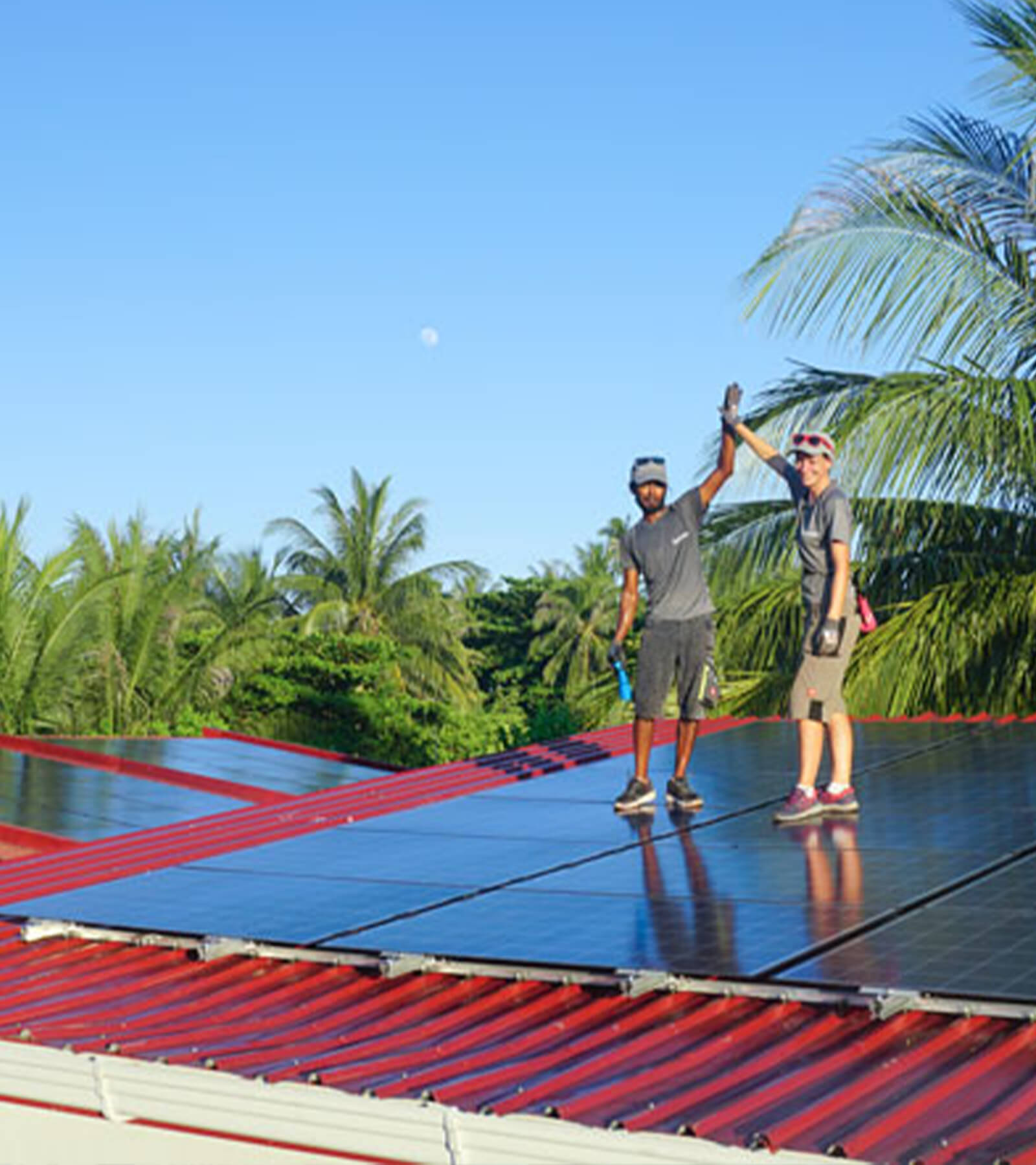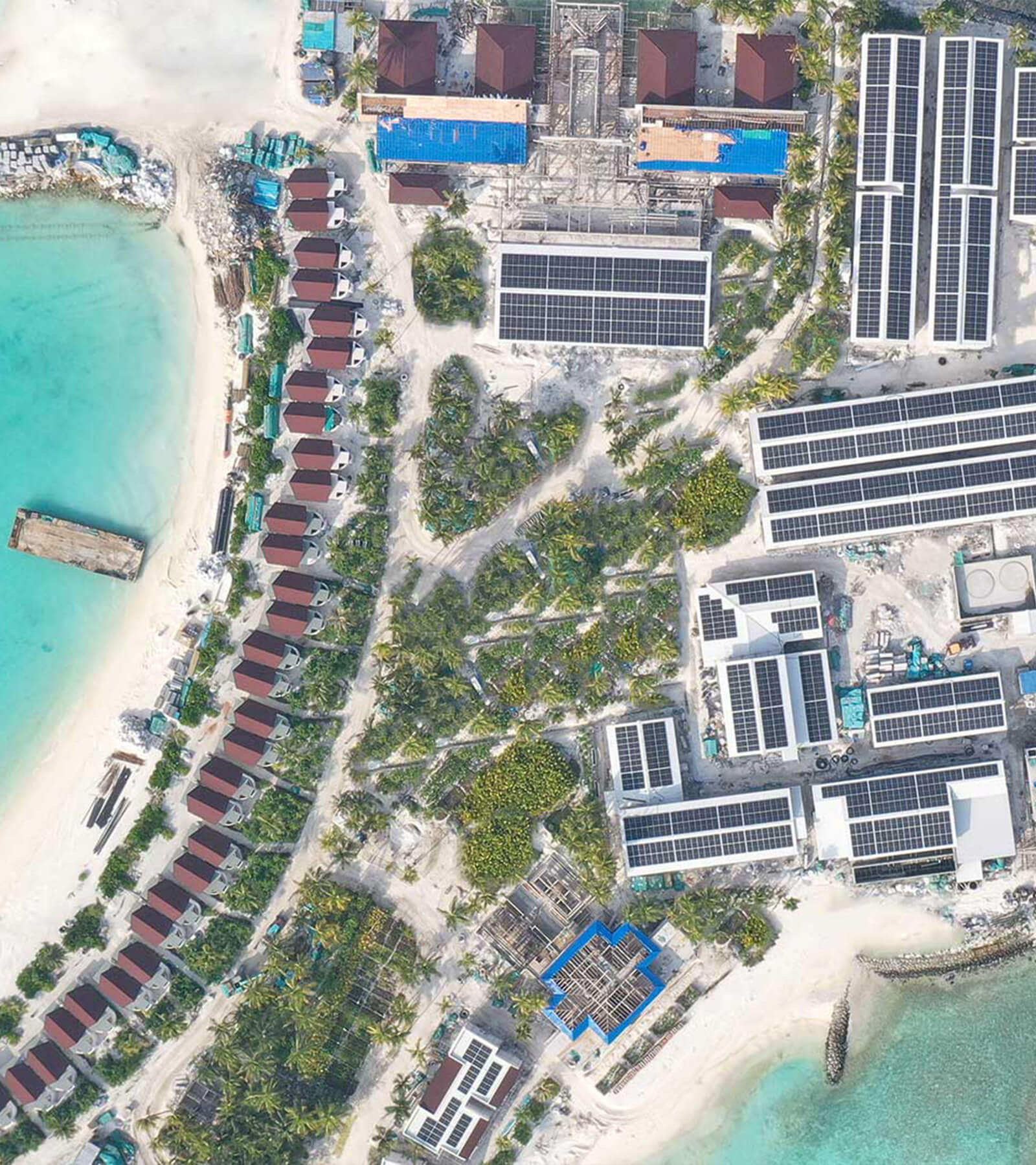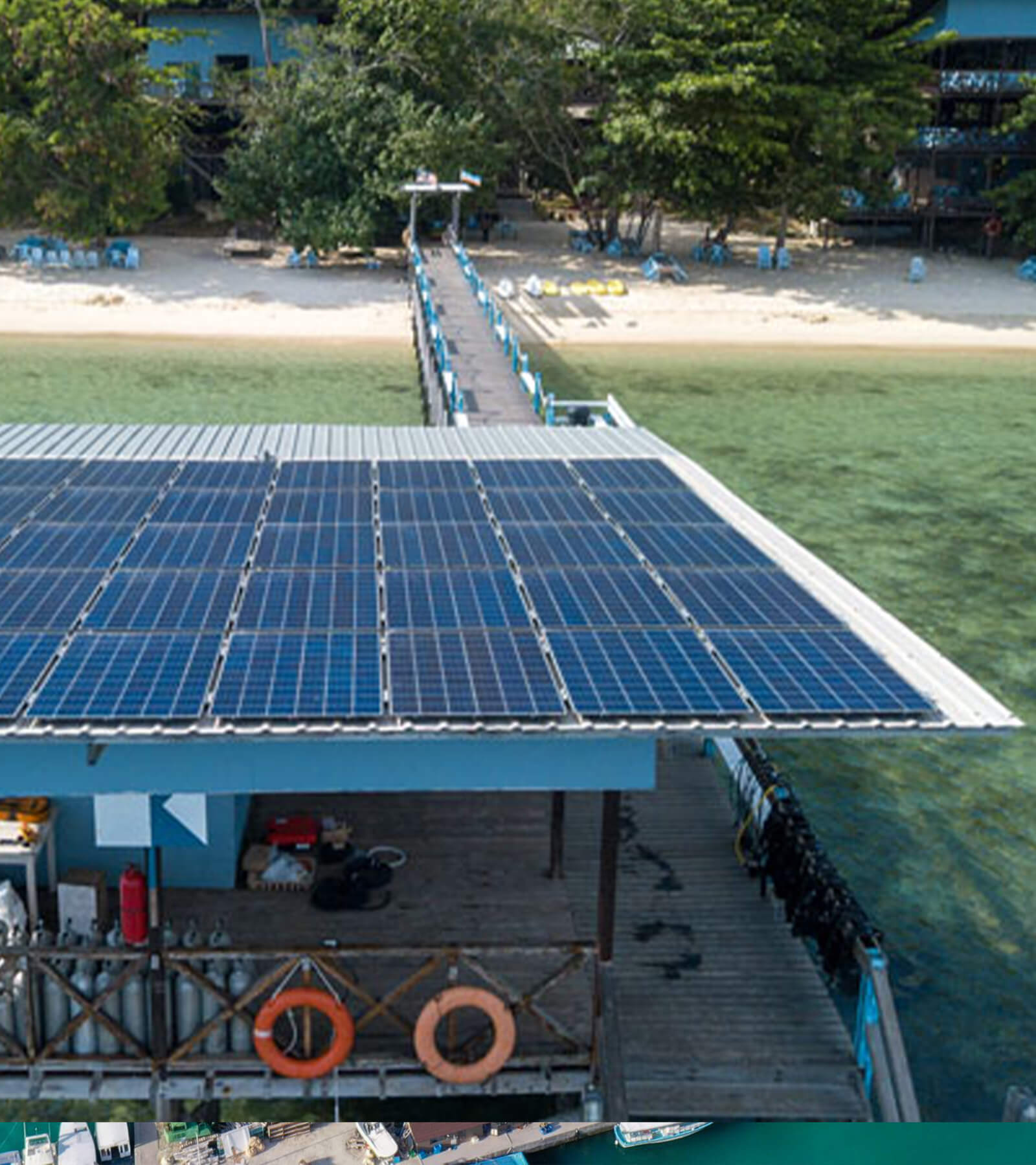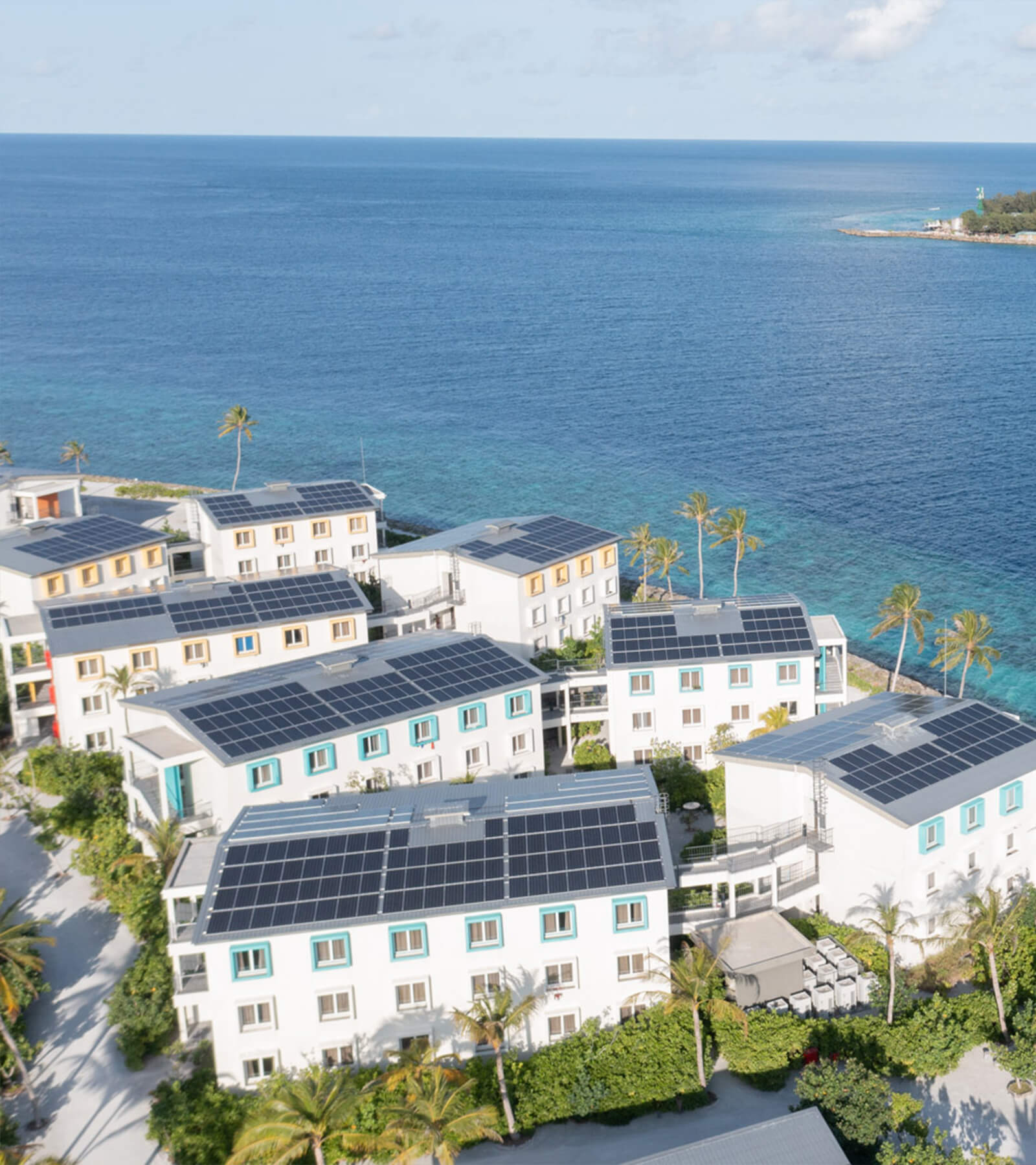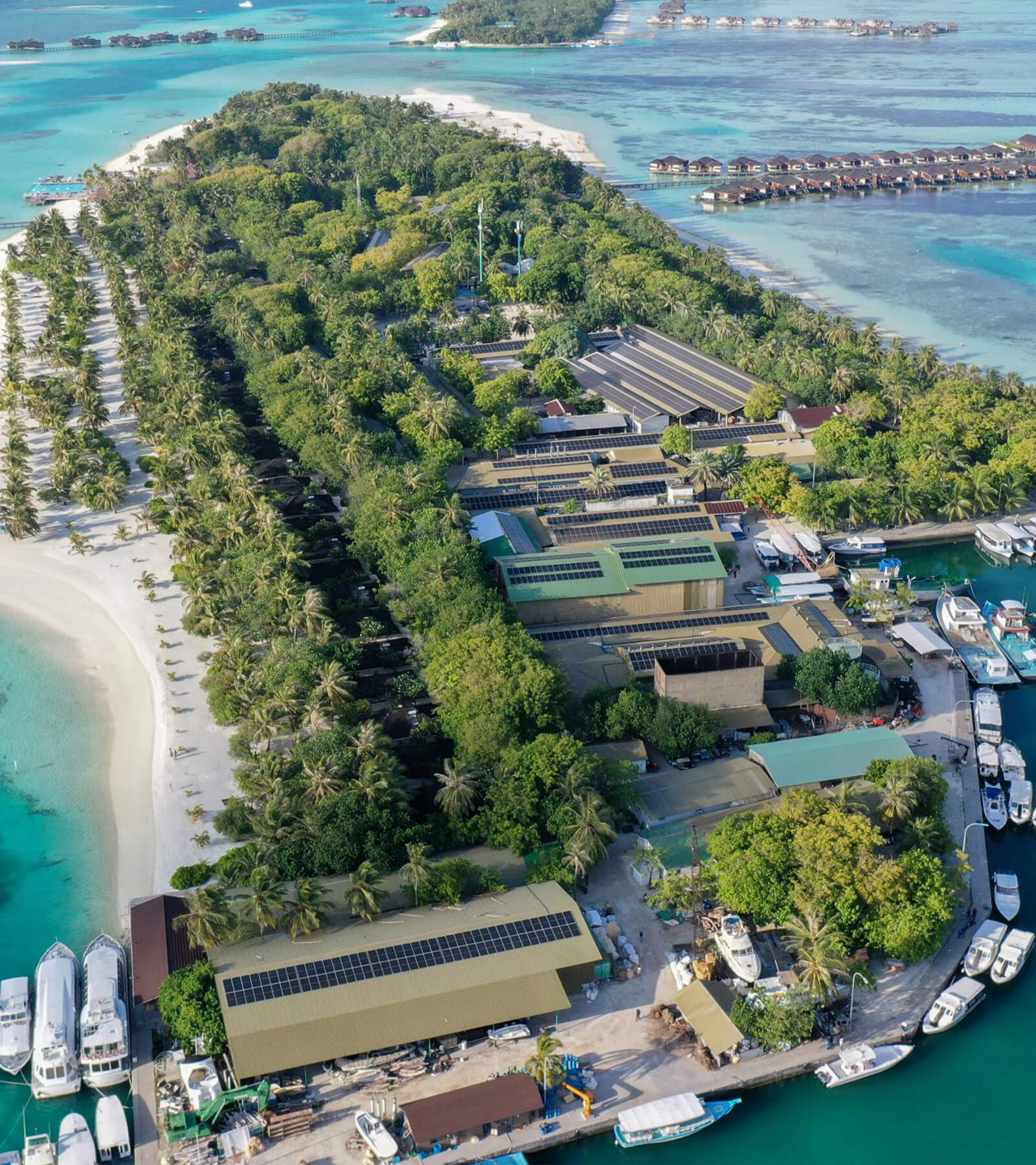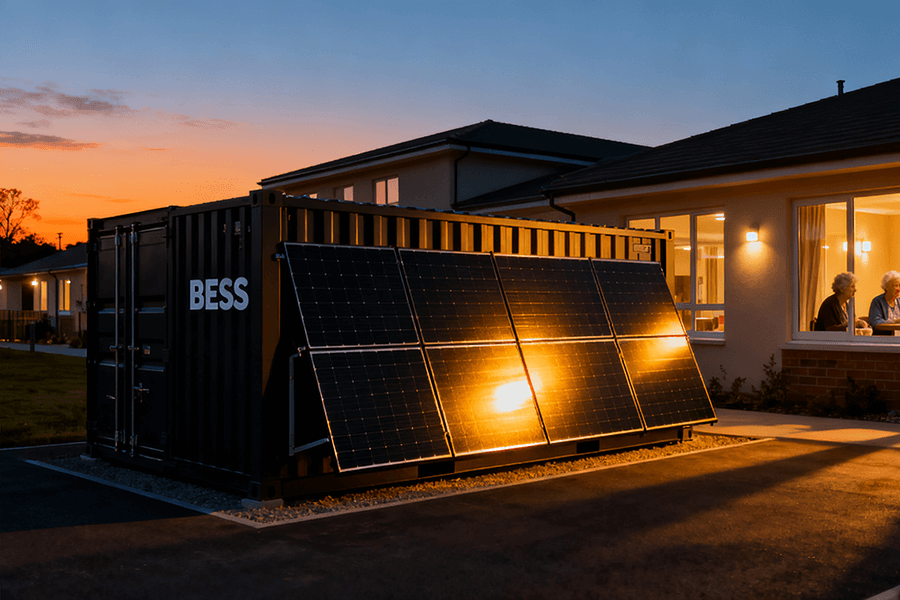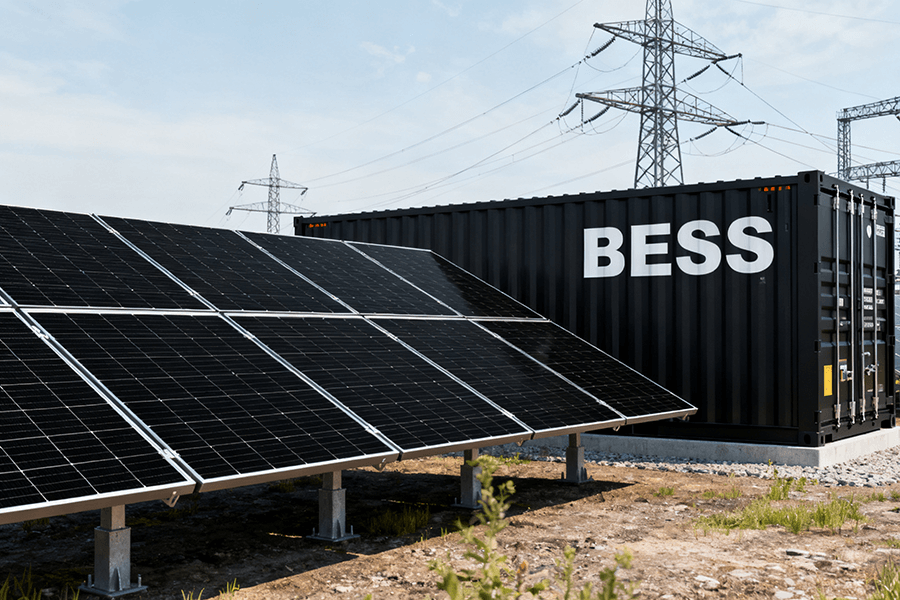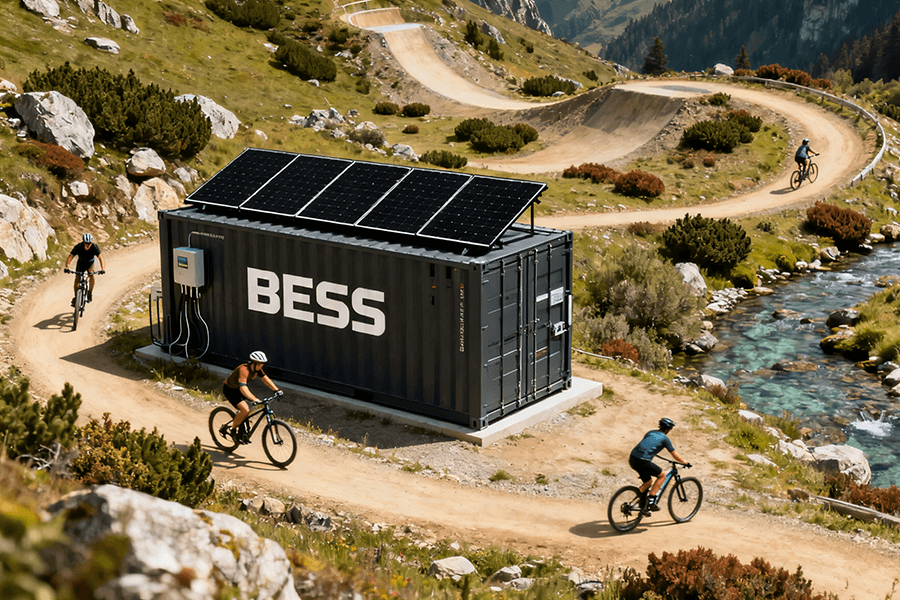“Forget ‘peak shaving’—2025’s BESS Containers are resilience ninjas. This piece explores their life-saving role as instant backup for hospitals, data centers, and manufacturing during outages (squirrel-induced or otherwise). We dissect real-world sizing for 72+ hour blackouts, microgrid islanding under IEEE 1547-2023, and why DC-coupled solar integration (hi, Maxbo Solar!) is the ultimate grid-down insurance. Because critical infrastructure shouldn’t pray for diesel deliveries.
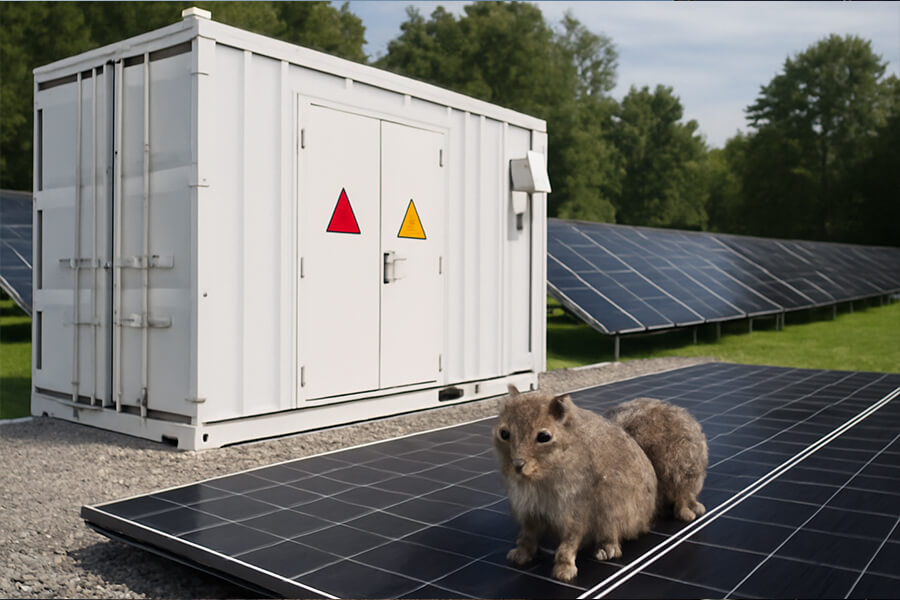
The Grid’s Bad Hair Day & Your Battery-Powered Panic Button
“Let’s be honest: ‘Peak Shaving’ sounds like something your overzealous barber might attempt after three espressos. Sure, shaving a few cents off peak tariffs is nice when the grid gets sweaty. But in 2025, BESS containers have been quietly bench-pressing way heavier weights in the background. Like keeping grandma’s ventilator humming during a blackout.
Picture this: A surgeon mid-incision, a data center hosting critical cat memes (priorities, people!), or a biotech plant synthesizing miracle drugs – all plunging into darkness because a delinquent squirrel picked a fight with Substation #5 (Eaton Blackout Tracker 2024 shows wildlife causes 18% of all US outages). Cue the BESS Container: not just a battery in a box, but your industrial-strength panic button for when the grid throws a climate-charged tantrum.
Why Panic Buttons Are Now Standard Issue:
- Outages Are the New ‘Seasonal’: NOAA recorded 28 climate-disaster events in 2024 costing >$1B each – double the 2000-2019 average (NOAA Billion-Dollar Disasters). Grid failures aren’t flukes; they’re forecastable.
- Downtime = Bankruptcy Juice: For hospitals, 1 hour of downtime can cost >1M∗∗(andlives).Datacentersbleed∗∗>260,000/hour on average (Ponemon Institute 2024).
The “Oh Crap!” Cost Calculator
What vanishing electrons cost critical sectors (per hour):
| Sector | Avg. Cost/Hour (USD) | Equivalent In… |
|---|---|---|
| Hospital (Large) | $1,000,000+ | 200 cardiac surgeries |
| Hospital (Large) | $260,000 | 3,000 melted servers 🫠 |
| Automotive Plant | $150,000 | 30 unfinished EVs |
| Water Treatment | $150,00 | 1 million gallons of unsafe H₂O |
Sources: Ponemon Institute 2024, ACEEE Manufacturing Resilience Study 2025
Enter the BESS Container: the unflappable bodyguard that kicks in before the lights flicker. These aren’t your 2015 backup gensets belching diesel. We’re talking silent, instant, lithium-ion fortresses keeping life-critical systems alive for 72+ hours – the new FEMA gold standard for resilience (DOE Resilience Guidelines 2025).
Bottom line: In 2025, resilience isn’t a luxury add-on. With climate chaos turbocharging grid fragility, keeping the lights on is the main event. Peak shaving? That’s just the warm-up act.
Beyond the Bill – The “Oh Crap!” Applications of BESS Containers
Where battery boxes become blackout bodyguards.
The Punchline:
“Forget trimming the peak; let’s talk about surviving the valley – the deep, dark, power-less valley where diesel generators panic and CFOs weep.”
Critical Facility Lifeline: No Pause Button for Life
Hospitals don’t halt open-heart surgery for hurricanes. Data centers can’t afford a 0.1-second blink (your cat videos demand continuity!). Modern manufacturing lines freeze faster than a TikTok trend. BESS containers deliver seamless sub-20ms transition – no roaring gensets, no carcinogenic fumes (EPA Generator Emissions Study 2024). They’re the silent, zero-emission guardians keeping ventilators humming and server farms purring.
2025 Reality Check:
“During Hurricane Ian 2.0, Florida’s FPL Fortress Energy microgrid (anchored by 15 BESS containers) powered a regional trauma center for 86 hours. Zero patient transfers. Zero data loss.”
– DOEResilience.Gov Case Study
Outage Impact vs. BESS Performance
Why “silent guardians” outperform dinosaurs (diesel gensets):
| Metric | Diesel Genset | BESS Container | Win Margin |
|---|---|---|---|
| Startup Time | 10-60 seconds | <20 milliseconds | 3000x faster |
| Noise Pollution | 85-110 dB (jackhammer) | 0 dB (library quiet) | Critical for hospitals |
| Emissions | CO, NOx, PM2.5 (lethal indoors) | Zero | EPA-compliant |
| Duration Readiness | Requires fuel logistics | 72+ hours (FEMA 2025 std) | No refuel panic |
Sources: NFPA 110 Standard, DOE DER Benefits Framework 2025
Community Resilience MVP: When the Whole Town Goes Dark
When “the big one” hits, it’s not just about one building. Think contaminated water, overwhelmed shelters, or failed 911 systems. Strategically deployed BESS containers form modular resilience hubs:
- Water Treatment Plants: 1 hour without power = 1 million+ gallons of unsafe water (AWWA Disaster Prep Report).
- Emergency Shelters: BESS + solar keeps AC/heat running without diesel stench.
- Cell Towers: 90% of 911 calls originate from mobiles (FCC 2024).
2025 Mandate Spotlight:
California’s PSPS Mitigation Law SB-52 now requires BESS-backed microgrids at 100% of fire-risk zone water pumps, shelters, and comms hubs by 2026. No diesel-only systems permitted.
– CPUC Directive 21-06-015
Microgrid Islanding: Going Rogue (But Responsibly)
Sometimes, the healthiest move is a clean breakup. BESS containers enable microgrids to “island” – cleanly divorcing the main grid to power neighborhoods autonomously. Think of it as your suburb declaring energy independence… temporarily and usefully.
Why 2025 Made Islanding Mainstream:
- UL 9540 Certification: Mandatory safety standard for grid-disconnected BESS operation.
- IEEE 1547-2023: Dictates how BESS inverters stabilize microgrids without spinning turbines.
- Real-World Proof: After Typhoon Mawar, Guam’s solar+BESS microgrid at Guam Memorial Hospital islanded for 5 days.
– IEEE Spectrum 2024
Islanding Duration Benchmarks (2025)
| System Type | Avg. Islanding Duration | Critical Application |
|---|---|---|
| Hospital Campus | 72-120 hours | Life support, surgeries |
| Data Center | 48-96 hours | Hyperscaler uptime (SLA 99.999%) |
| Water Pump Station | 24-72 hours | Prevent contamination |
Sizing Up the Apocalypse (Or Just a Long Weekend)
Because “winging it” isn’t a resilience strategy.
The Humor:
“Sizing a BESS for backup isn’t about predicting lottery numbers; it’s about planning for plausible disasters (and that pizza delivery delay when the grid eats your order).”
Critical Questions: The 4 Pillars of Anti-Apocalypse Planning
1. “What Absolutely CANNOT Stop?”
Identify mission-critical loads (actual kW, not guesses). Prioritize like lives depend on it – because in hospitals, they do.
- Example: A Level 1 Trauma Center’s essentials:
- 250 kW: ICU life support, OR lights, ventilators
- 80 kW: Emergency comms, blood bank refrigeration
- Skip: Admin printers, cafeteria popcorn machines
2. “How Long is Long Enough?”
FEMA’s 2025 standard mandates 72+ hours for Tier 1 critical infrastructure (hospitals, water plants) in hurricane/wildfire zones. Less critical sites? Match your risk:
| Risk Profile | Target Duration | Regulatory Driver |
|---|---|---|
| Hospital (High-Risk Zone) | 72-120 hours | FEMA P-2180 Tier 4 Resilience |
| Data Center (SLA 99.999%) | 48-96 hours | Uptime Institute Tier III+ |
| Retail/Office | 4-8 hours | Local fire codes (NFPA 110) |
Source: FEMA P-2180 (2023 Ed.), Uptime Institute 2025 Global Outage Analysis
3. “What’s the Worst-Case Recharge Scenario?”
When the grid flatlines for days, how do you refuel?
- ☠️ Diesel Gensets: Noisy, emit carcinogens (benzene/NOx), and require 500+ gallons/day for 1 MW. Fuel shortages hit within 24 hours in disasters (FEMA Logistics Report 2024).
- ⚡ Solar + BESS (DC-Coupled): 92% round-trip efficiency. Recharges daily without grid/fuel. The gold standard for indefinite resilience.
- Grid-Only Recharge: High-risk gamble. 40% of 2024 outages lasted >24 hours (Eaton Blackout Tracker).
4. “Space & Place, Mate”
Containerized BESS: Pre-engineered, NFPA 855-compliant, and scalable. No custom battery rooms needed.
- Safety First: NFPA 855 mandates 3 ft clearance around containers & thermal runaway venting.
- Space Savings: 1 MW/4 MWh BESS fits in 160 sq ft (standard 40-ft container).
Source: NFPA 855-2023
The Professional Takeaway: Math > Magic
“Proper sizing balances cost against risk tolerance. Undersized? You’re playing backup roulette. Oversized? Your CFO will have a fiscal meltdown (‘Why did we buy a battery for the apocalypse AND peak shaving?!’).
Optimization Secret Weapon:
NREL’s REopt® models outage scenarios, solar generation, and fuel constraints to right-size your BESS.
Case Study: A Texas hospital cut BESS capex by 30% using REopt – still achieved 80-hour runtime.
– NREL REopt Case Studies 2025
Cost of Getting It Wrong (2025)
| Mistake | Consequence | $$ Impact (USD) |
|---|---|---|
| Undersized Duration | Critical systems fail pre-recovery | 5M/hour (sector-dependent) |
| Oversized BESS | Wasted capex + excess O&M | +200−500/kWh unused capacity |
| Ignoring Recharge | System dead after Day 1 | Full project write-off + downtime costs |
Why Maxbo Solar is Your BESS Resilience Co-Pilot
Where battle-tested engineering meets blackout-proof performance.
“Full disclosure: We are Maxbo Solar. We’ve been elbow-deep in the energy trenches since before ‘resilience’ was a boardroom buzzword. While others chased peak shaving pennies, we engineered containerized BESS solutions you’d bet your ICU on.”**
Why Our BESS Containers Don’t Flinch When the Grid Does
1. Resilience-First DNA
Military-grade BMS + industrial ruggedness = 20,000+ deep-discharge cycles at 90% DoD (Depth of Discharge). Tested to withstand:
- -40°C to 60°C (Siberian winters to Arizona summers)
- Seismic Zone 4 compliance (0.5g ground acceleration)
Source: UL 1973 Certification
2. DC-Coupled Superpower
Integrate solar with 98% round-trip efficiency vs. 85% for AC-coupled systems. Translation:
- 72 hours outage: 1,200 kWh solar recharge/day vs. 900 kWh (AC)
- No diesel panic: 100% renewable autonomy
Source: NREL DC vs AC Coupling Study 2024
3. Modular & Scalable Muscle
Stack units like LEGO® for resilience growth:
| Need | Solution | Timeframe |
|---|---|---|
| +500 kW backup | Add 1 container | 48 hours |
| +72-hour runtime | Stack 2MWh additional storage | 1 week |
No custom engineering – just plug, play, survive.
4. Grid-Forming Edge (2025 Standard)
Our systems deploy IEEE 1547-2023 compliant grid-forming inverters to:
- Stabilize microgrids without spinning turbines
- Maintain voltage/frequency during 100% renewable islanding
Critical for hospitals/data centers per CA Title 24 2025
Beyond the Box: Your Resilience Lifeline
We handle the nightmares so you don’t:
| Challenge | Maxbo Solution | Industry Pain Point |
|---|---|---|
| Permitting | Pre-certified NFPA 855/UL 9540 designs | 6-12 month delays |
| ATS Integration | Seamless 10ms transfer, no load-shed | Compatibility issues |
| Ongoing Support | 24/7 remote monitoring + rapid response | 3rd-party finger-pointing |
Source: WoodMac BESS O&M Report 2025
Real-World Proof:
“When Typhoon Mawar knocked Guam offline, our Maxbo-powered microgrid at Guam Memorial Hospital ran 124 hours on solar+BESS. Zero interruptions in life-saving care.”
– DOE Microgrid Awards 2024
The Bottom Line:
Peak shaving pays bills. Resilience saves lives. When seconds count, you need a partner who engineered for the abyss – not just the balance sheet.
Ready to outage-proof your mission?
👉 Explore Maxbo’s Battle-Ready BESS Containers
Your Grid’s Got the Shakes? Time for a BESS Superhero.
“Ask yourself: Is your ‘peak shaving hero’ built to be a blackout superhero? When Category 5 winds howl or cyberattacks strike, trimming demand charges won’t keep ventilators humming. Investing in BESS container resilience isn’t about avoiding downtime – it’s about shielding lives, livelihoods, and the fragile threads holding society together.”
The 2025 Resilience Imperative: By the Numbers
| Risk | Consequence | Preventable with BESS? |
|---|---|---|
| Grid Outages | 40% last >24 hours (Eaton 2025) | ✅ Yes (Islanding) |
| Diesel Dependency | 58% failure rate after 72 hours (FEMA 2024) | ✅ Yes (Solar recharge) |
| Economic Shock | $50B/year outage costs (WoodMac 2025) | ✅ Yes (Zero-downtime) |
Act Now or Pay Later: The Math Doesn’t Lie
- ROI Beyond Savings: Hospitals with BESS resilience report $2.3M avg. avoided losses per 72-hour outage (Kaiser Permanente Study 2025).
- Policy Tailwinds: 30% ITC for standalone BESS + $200/kWh rebate in FEMA Zone 3+ (DOE Bipartisan Act 2025).
- Cost of Delay: Every year without resilience = 11% higher retrofit premiums (Lazard Report 2025).
Sector Impact Snapshot
What’s at stake without resilience:
| Sector | Vulnerability | BESS Lifeline |
|---|---|---|
| Healthcare | 1 min power loss = $16K (ICU) | Uninterrupted surgeries, vaccine storage |
| Water Treatment | 1 hr outage = 1M+ gal unsafe water | Continuous purification |
| Manufacturing | $260K/min auto line stoppage | Seamless islanding |
| Data Centers | $9,000/sec outage (hyperscaler) | 99.999% uptime |
Act Now or Pay Later: The Math Doesn’t Lie
- ROI Beyond Savings: Hospitals with BESS resilience report $2.3M avg. avoided losses per 72-hour outage (Kaiser Permanente Study 2025).
- Policy Tailwinds: 30% ITC for standalone BESS + $200/kWh rebate in FEMA Zone 3+ (DOE Bipartisan Act 2025).
- Cost of Delay: Every year without resilience = 11% higher retrofit premiums (Lazard Report 2025).
Sector Impact Snapshot
What’s at stake without resilience:

